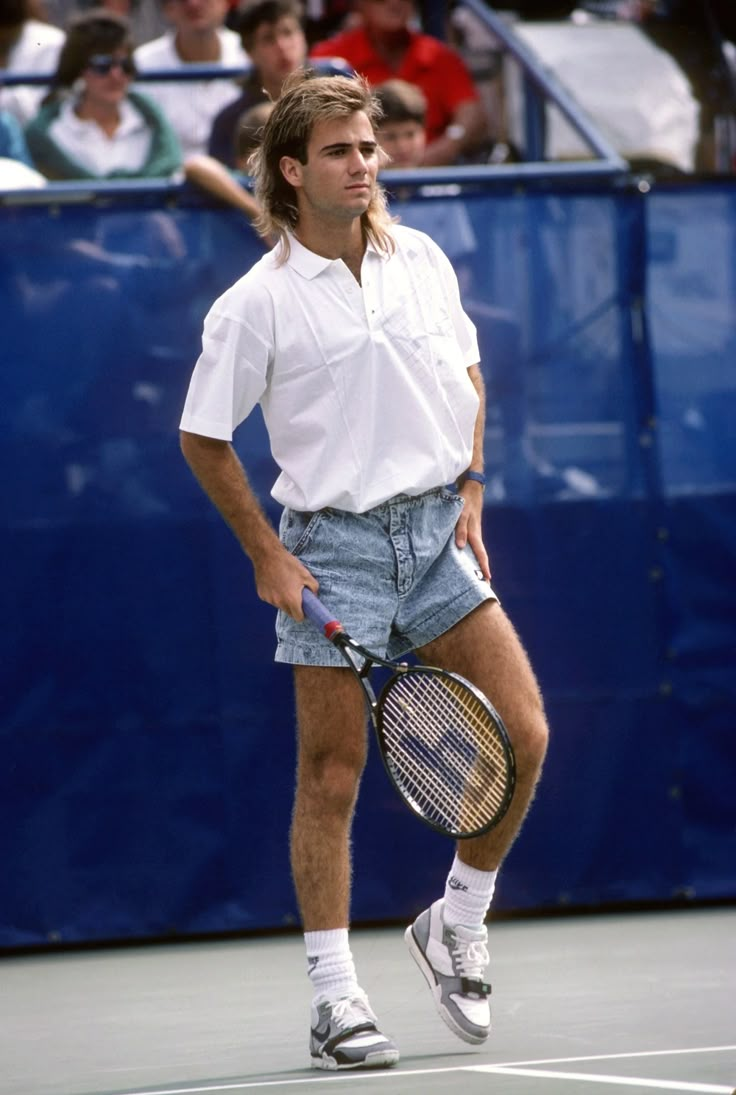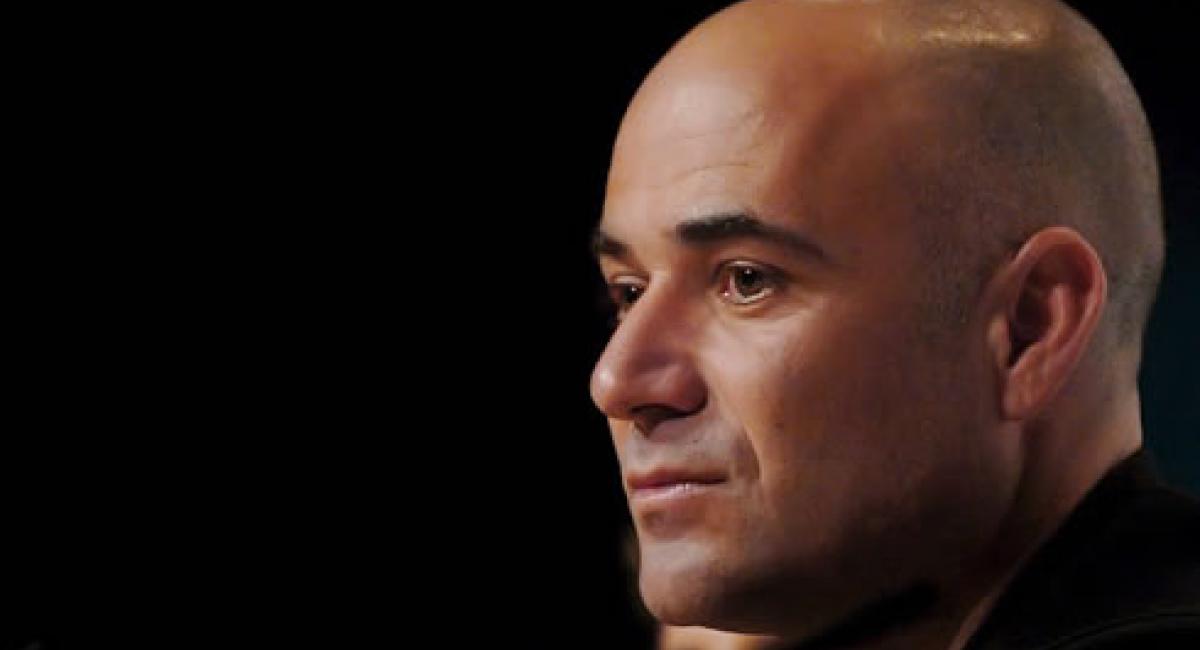Exploring The Health Risks Associated With Synthetic Braids In Black Women

Table of Contents
Traction Alopecia and Hair Breakage
Traction alopecia is a form of hair loss caused by prolonged pulling or tension on the hair follicles. Tight braiding, a common practice with synthetic braids, is a major culprit. The constant pulling weakens the hair follicles, eventually leading to hair thinning, breakage, and even permanent hair loss. Synthetic braids, particularly heavier styles or those with extremely tight plaits, exacerbate this risk.
Symptoms of traction alopecia include:
- Thinning hair, especially around the hairline.
- A receding hairline.
- Scalp tenderness or pain.
- Itching or inflammation at the hair roots.
- Visible breakage along the hair shaft.
The weight of synthetic braids, combined with tight braiding techniques, contributes significantly to hair breakage. Heavier extensions place more stress on the follicles, increasing the likelihood of damage. Proper braiding techniques are crucial. This includes using lighter-weight extensions, employing less tension during installation, and opting for larger or looser braids to reduce stress on the scalp and hair follicles.
Scalp Infections and Irritation
Synthetic braids, especially when left in for extended periods, can create a warm, moist environment that traps dirt, sweat, and oils against the scalp. This environment is ideal for the growth of bacteria and fungi, leading to various scalp infections and irritations.
Common scalp infections associated with synthetic braids include:
- Folliculitis: Inflammation of the hair follicles, often presenting as small, pus-filled bumps.
- Tinea capitis (ringworm): A fungal infection that causes scaly patches and hair loss.
- Seborrheic dermatitis: An inflammatory condition causing dandruff and scaling.
Proper scalp hygiene is paramount to preventing these infections. This means regular washing of the scalp and hair, even with braids installed. Infrequent washing allows bacteria and fungi to proliferate, increasing the risk of infection. Use a clarifying shampoo to remove product build-up and gently cleanse the scalp. Avoid harsh chemicals and opt for gentle, sulfate-free cleansers.
Hair Loss and Thinning
Prolonged use of tight synthetic braids can lead to significant hair loss and thinning, potentially resulting in permanent damage. The constant tension on the hair follicles causes inflammation, damaging the hair roots and hindering hair growth. Over time, this inflammation can lead to scarring alopecia, a type of permanent hair loss.
Preventative measures to mitigate hair loss include:
- Regular breaks from wearing synthetic braids. Allow your hair and scalp time to recover between installations.
- Gentle scalp massages to stimulate blood flow and promote healthy hair growth.
- Using lightweight synthetic hair extensions to minimize the weight and tension on the hair.
- Choosing a skilled braider who understands proper braiding techniques.
Persistent hair loss warrants a consultation with a dermatologist or trichologist. Early intervention is crucial for effective treatment and preventing permanent damage.
Choosing Safe Synthetic Hair Extensions
Selecting high-quality, lightweight synthetic hair extensions is crucial for minimizing the risk of hair damage. Low-quality extensions may contain harsh chemicals that can irritate the scalp and damage the hair. Look for extensions made from materials that are less likely to cause friction or breakage. Avoid extensions that feel stiff or synthetically harsh to the touch. Read reviews and research brands known for their high-quality products.
Maintaining Healthy Hair Under Synthetic Braids
Maintaining healthy hair and scalp while wearing synthetic braids requires diligent care. These practices are crucial to minimizing the risks:
- Regular washing: Cleanse your scalp and hair thoroughly, even with braids in place, using appropriate methods to avoid excessive moisture.
- Moisturizing: Keep your scalp and hair moisturized using leave-in conditioners and protective oils.
- Scalp massage: Gently massage your scalp to stimulate blood flow and promote healthy hair growth.
- Proper removal: Seek professional assistance or follow proper removal techniques to prevent hair breakage and scalp damage.
- Healthy diet & Hydration: Maintain a balanced diet and stay adequately hydrated for optimal hair growth and overall health.
Conclusion
While synthetic braids offer a convenient and stylish protective style, it’s crucial to be aware of the associated health risks. Tight braiding, poor hygiene, and the use of low-quality extensions can lead to traction alopecia, scalp infections, and hair loss. By understanding these risks and adopting preventative measures outlined above, Black women can enjoy beautiful braids while prioritizing their hair health.
Prioritize your hair health! Learn more about safe synthetic braiding practices and choose hairstyles that minimize the risks of hair damage and loss. Consult a dermatologist or trichologist if you experience any concerning symptoms related to your synthetic braids. Remember, healthy hair starts with informed choices and proper care.

Featured Posts
-
 Coupe De La Caf L Asec Mimosas Eliminee La Jsk Et L Usma Decevantes
May 27, 2025
Coupe De La Caf L Asec Mimosas Eliminee La Jsk Et L Usma Decevantes
May 27, 2025 -
 New Gucci Re Web Gradient Blue Gg Supreme Bag Product Code 838949 Faev 58460 May 2025
May 27, 2025
New Gucci Re Web Gradient Blue Gg Supreme Bag Product Code 838949 Faev 58460 May 2025
May 27, 2025 -
 Avrupa Merkez Bankasi Baskanindan Abd Ye Misilleme Uyarisi Detaylar Ve Analiz
May 27, 2025
Avrupa Merkez Bankasi Baskanindan Abd Ye Misilleme Uyarisi Detaylar Ve Analiz
May 27, 2025 -
 Nora Fatehis Striking All Black Billboard Style
May 27, 2025
Nora Fatehis Striking All Black Billboard Style
May 27, 2025 -
 How To Stream Tracker Season 2 Episode 12 Live On Cbs
May 27, 2025
How To Stream Tracker Season 2 Episode 12 Live On Cbs
May 27, 2025
Latest Posts
-
 Andre Agassi Cambio De Cancha Misma Pasion
May 30, 2025
Andre Agassi Cambio De Cancha Misma Pasion
May 30, 2025 -
 Controversia En El Tenis Las Declaraciones De Un Tenista Argentino Sobre Marcelo Rios
May 30, 2025
Controversia En El Tenis Las Declaraciones De Un Tenista Argentino Sobre Marcelo Rios
May 30, 2025 -
 De La Pista Al Campo La Sorprendente Nueva Carrera De Andre Agassi
May 30, 2025
De La Pista Al Campo La Sorprendente Nueva Carrera De Andre Agassi
May 30, 2025 -
 Un Tenista Argentino Arremete Contra Rios Un Dios Del Tenis
May 30, 2025
Un Tenista Argentino Arremete Contra Rios Un Dios Del Tenis
May 30, 2025 -
 El Regreso De Andre Agassi Mas Alla Del Tenis
May 30, 2025
El Regreso De Andre Agassi Mas Alla Del Tenis
May 30, 2025
